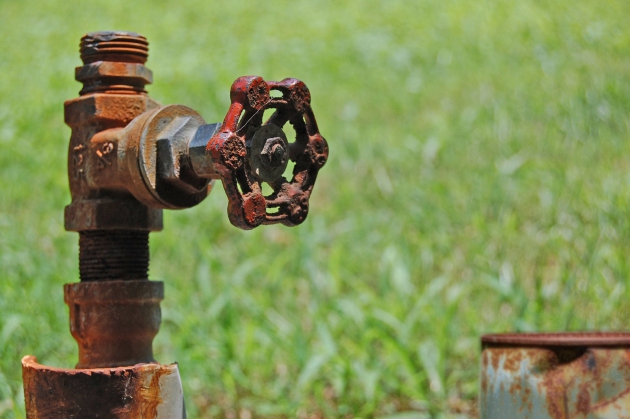With more than 30 years’ experience in the residential and commercial water treatment space, Mark Nelson is a Class 1 Drinking-Water Operator and a CBWA (Canadian Bottled Water Association) Certified Plant Operator. As founder and president of Nelson Water in Ottawa, Mark focuses on dealing with challenging water treatment system designs for problem water. He also heads the largest water bottling plant in the city of Ottawa with a delivery network throughout the Valley.
It’s estimated that 14-15% of Canadians rely on cisterns, private wells or other water sources for their water supplies. These water recipients must take responsibility for the safety and quality of the water they use. One of the primary concerns is the presence of microbiological contaminants that present an acute risk to human health. For these reasons, it’s vital to carry out regular testing to establish the bacteriological quality of the supplied water. It will also be necessary to carry out testing for chemical contaminants, and some of these can even be caused by disinfection byproducts.
Examining Contamination Testing
Any noticeable changes in the colour, odour, and clarity of the water could indicate that some chemical contamination may be present. A test will be required to confirm or deny this, and bacteriological tests will need to be carried out at the owner’s expense. A bacteriological water test will be carried out by either a certified private laboratory or a provincial health laboratory depending on the province. Most tests for chemical contaminants will be carried out by a private laboratory, but certain provinces will analyze water sample for the presence of nitrates.
There is a requirement to test all new well, and any retests are the owner’s responsibility. Each local Health Unit has an Environmental Health Division that can supply more information on possible contaminants that are present in local water supplies and wells. The Environmental Health Division can also help you to interpret the results of water testing for bacteriological and chemical contamination.
Bacterial Contaminants in Water
Municipal water suppliers use a tried and tested approach to deal with bacteriological contamination in drinking water supplies. Water treatment plants use chlorination to disinfect water and kill harmful bacteria. This is effective, but there are certain protozoan parasites, such as cryptosporidium and giardia, that can form cysts which are highly resistant to chlorination. Both of these parasites can cause illness when they are ingested; they will multiply and grow in the intestine and grown new cysts which are passed out of the body in fecal matter.
Bacterial Transmission
Cryptosporidium can be transmitted via a variety of sources, such as animal contact, recreational water contact, and water treatment systems. Giardia can be spread in a variety of ways, including person to person contact, food exposure, swimming pools, lake water and drinking water supplies.
Removing Bacterial Parasites
Chlorination will not remove the two resistant parasites discussed here, and it could even create chemical contaminants that are arguably worse than the bacterial parasites themselves. These chemical contaminants are harmful disinfection byproducts that have been linked to a number of serious health conditions. The only sure way to remove both bacterial and chemical contaminants from our water supplies is to use filtration. There are highly effective water filtration systems available that can remove many different types of contamination. These systems can be as simple as a point of use filtration system on a single faucet in the kitchen for drinking or a whole house system to provide cleaner water for washing and bathing.
If you are interested in installing water filtration systems, you should speak to a reputable water treatment professional. By choosing an experienced technician who is fully CWQA certified, you can be assured of the highest quality systems that meet or even exceed the industry standards.

